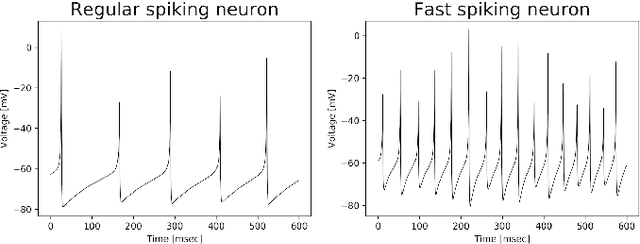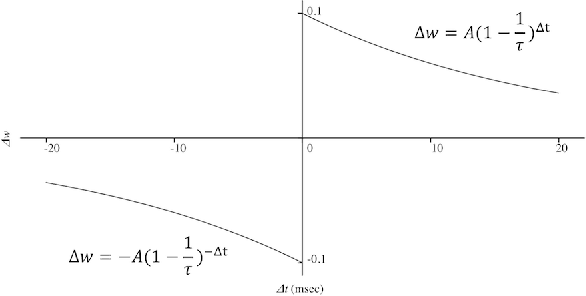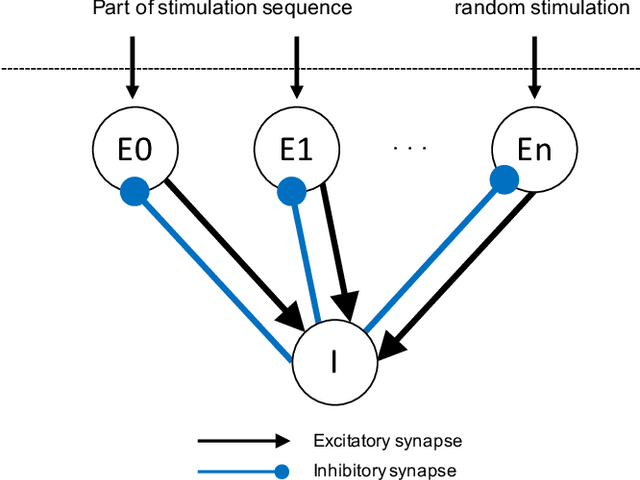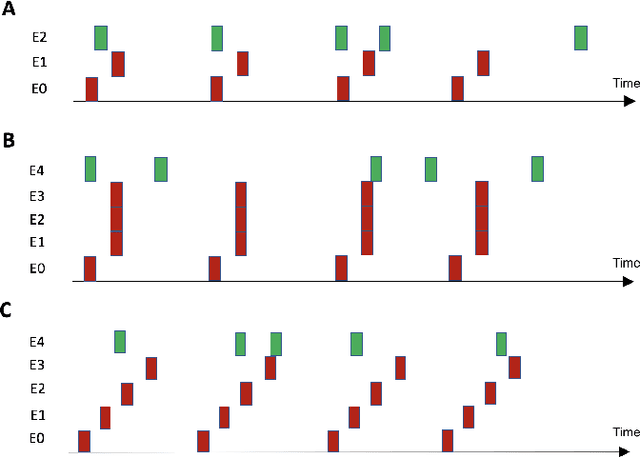Predictive Coding as Stimulus Avoidance in Spiking Neural Networks
Paper and Code
Nov 21, 2019



Predictive coding can be regarded as a function which reduces the error between an input signal and a top-down prediction. If reducing the error is equivalent to reducing the influence of stimuli from the environment, predictive coding can be regarded as stimulation avoidance by prediction. Our previous studies showed that action and selection for stimulation avoidance emerge in spiking neural networks through spike-timing dependent plasticity (STDP). In this study, we demonstrate that spiking neural networks with random structure spontaneously learn to predict temporal sequences of stimuli based solely on STDP.
 Add to Chrome
Add to Chrome Add to Firefox
Add to Firefox Add to Edge
Add to Edge